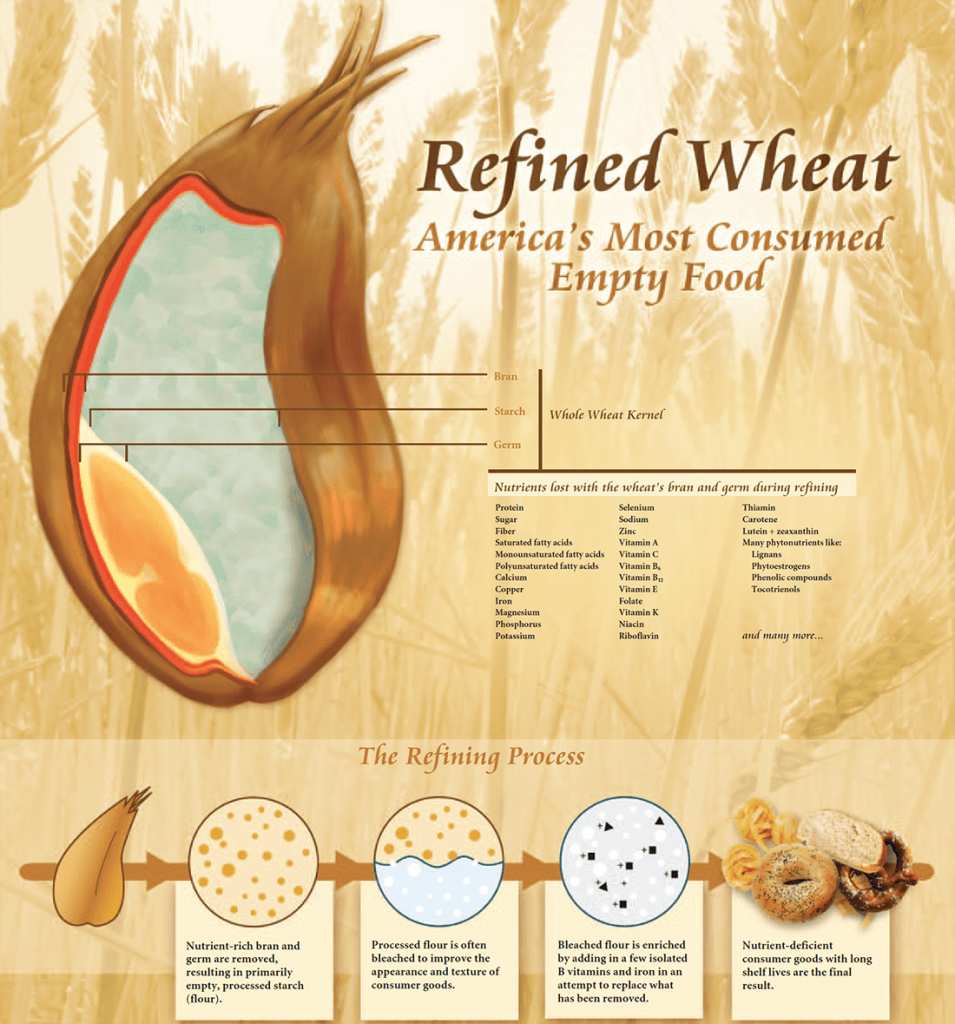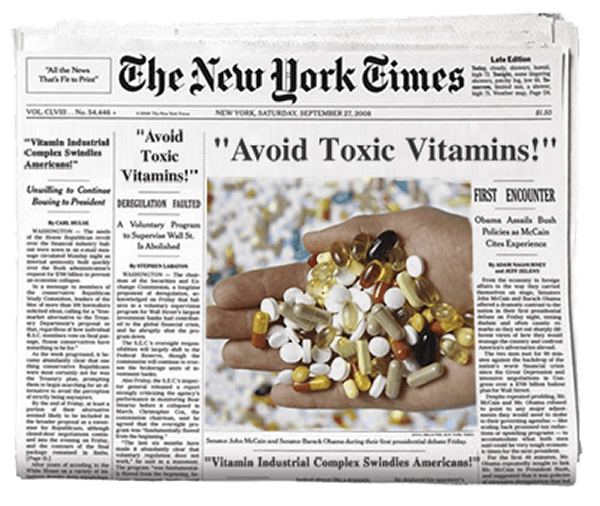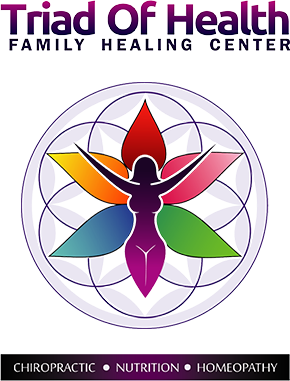The shocking truth about Gluten that has been kept a secret from you may also be keeping you sick. Or, rather, I should say, — the misinformation campaigns about gluten have misled you in such a way that may not necessarily be in your best interest.
Much of the information here comes from Mary Frost’s book, Back to the Basics of Human Health and also Judith DeCava’s book, The Real Truth about Vitamins and Antioxidants.
Most people have been INCORRECTLY led to believe that gluten is an evil substance that does nothing but cause health problems like skin diseases, Chrone’s Disease, rheumatoid arthritis, high blood pressure and all sorts of terrible health problems. While there is “some” truth in this, it is very misleading. MOST people are sensitive to or allergic to wheat, but this does NOT necessarily mean that these same people are sensitive to or allergic to gluten in all of its forms. The problem with most wheat is that it has been processed and is mostly deficient of nutritional value. In fact, a great deal of wheat is genetically modified which means that it contains foreign proteins not found anywhere on this planet or any other known planet. These foreign proteins cause a huge number of health problems because they are completely foreign and unknown to the human body so your body does not know what to do with those foreign proteins. They have side effects and make you sick.
What most people do not realize is that the WHEAT GERM is loaded with all sorts of nutrients and also contains traces of gluten. The wheat germ is a whole food that contains tons of nutrients with a variety of health benefits. For example, just one of the nutrients found in wheat germ is vitamin E complex. Vitamin E complex is NOT just the isolated gamma and delta tocopherol— a substances which quickly causes fat imbalances that can lead to heart conditions and visual difficulties. Vitamin E complex is compcomposed of lipositols, E2, E3, F2, Xanthine, F1, a wide variety of phytonutrients, enzymes and co-enzyme Q-10, selenium, delta tocopherol, gamma tocopherol, beta tocopherol, and alpha tocopherol. This is just 1 ingredient of about 100 different things found in the wheat germ.
Many people are worried about having a “gluten attack” or a gluten allergy without really understanding what it is that could cause such an “attack” or “allergy”. Gluten in very small amounts is not only safe but a nutrient found in many Whole Foods. However, this same substance is also usually attached to other particles which make up “gluteomorphins.” Gluteomorphins are incredibly dangerous and harmful. Gluteomorphins are the morphine substances, opiates, that stimulate the brain in the exact same way that opium does while creating a very powerful addiction. This is not such a good thing. However, small amounts of many substances can be helpful. Wheat germ contains iron and zinc and vitamin E and many other nutrients so it has tremendous health benefits and can decrease a person’s sensitivity to wheat and gluten even though it contains traces of gluten. Because the form that the gluten is in is safe and very beneficial to the body, it is a lot like the benefit of a homeopathic remedy. You expose yourself to very small amounts of the gluten (which is normally harmful) and because there are so many nutrients naturally found in the wheat germ it decreases one’s sensitivity to gluten. Giving a person large amounts of gluten or whole wheat or rye or oats does just the opposite of giving them wheat germ. It is exposing then to LARGE amounts of the gluten exorphins which then leads to an allergic response in nearly everyone who consumes them over a long period of time.
Do not be fooled.
Plenty of people will tell you, “I am not sensitive to wheat. I don’t have any allergic response to wheat.” And, meanwhile, they suffer from high blood pressure or skin conditions or arthritis or joint aches and pains or foggy thinking or regular fungal infections or some other symptom that is a result of the gluten allergic response.
Why Natural Food Complexes Faded from View
Let’s talk about Vitamin E for a minute….. Remember, vitamin E Complex is just one of the components of wheat germ.
Why are Natural Complexes So Important?
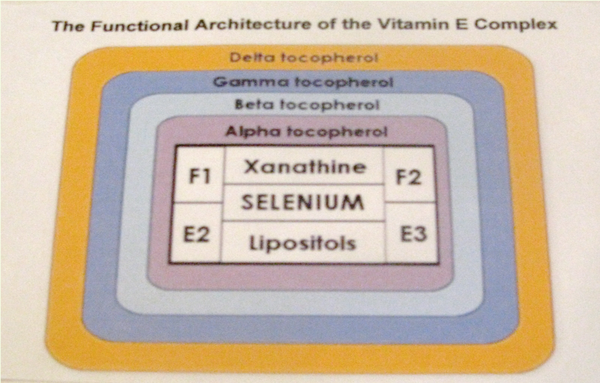
VITAMIN E IS BEST IN ITS WHOLE FORM
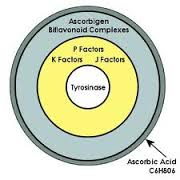
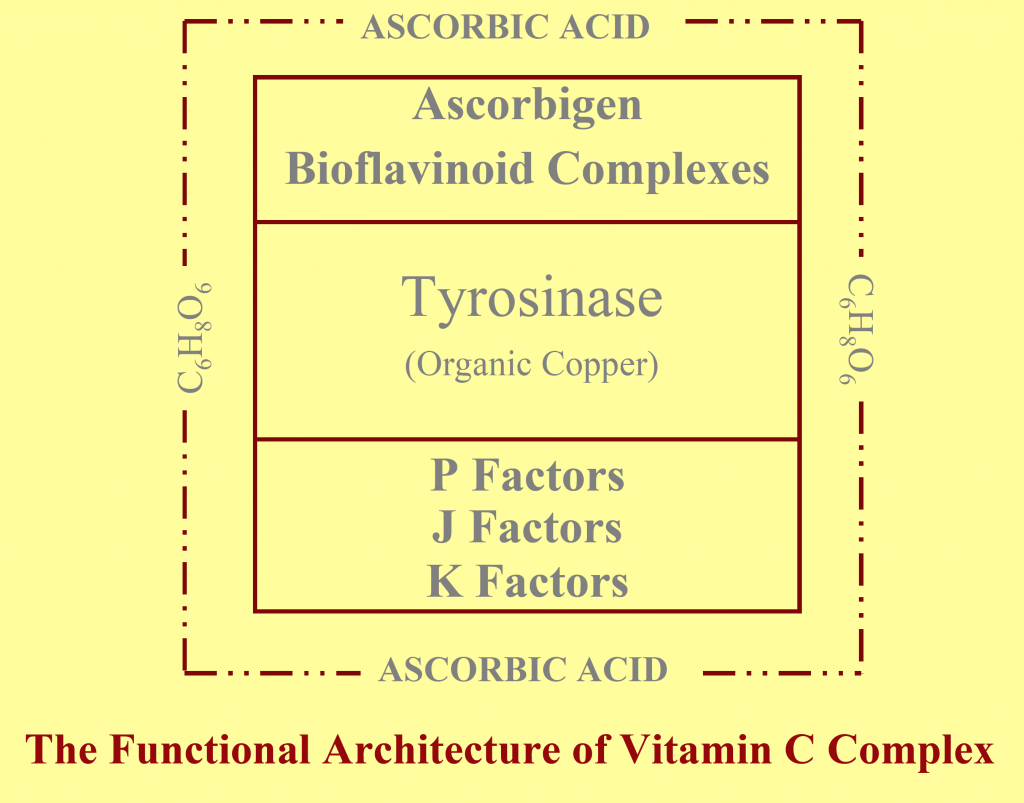
Most wheat on the market today has been refined. Whole Wheat Kernels are composed of the bran, starch, and germ. The wheat bran and the wheat germ has all of the nutritional value. The wheat starch is essentially sugar and empty calories without any nutritional benefit. The refining process causes the nutrient rich bran and germ to be removed, resulting in primarily empty, processed starch (flour). Processed flour is often bleached to improve appearance and texture of consumer goods. Bleached flour is enriched by adding in a few isolated B vitamins and iron in an attempt to replace what has been removed. Nutrient-deficient consumer goods with long shelf lives are the final result of this process. As mentioned above, much of the wheat has been genetically modified. The most consumed food in America is refined wheat. Refined wheat is wheat that has lost the bran and germ during refining / processing. Nearly ALL of the nutrients found in wheat are found in the wheat’s bran and germ. Just a FEW of those nutrients are listed here below:
- protein
- sugar
- fiber
- saturated fatty acids
- monounsaturated fatty acids
- polyunsaturated fatty acids
- calcium
- copper
- iron
- magnesium
- phosphorus
- potassium
- selenium
- sodium
- zinc
- Vitamin A
- Vitamin C
- Vitamin B6
- Vitamin B12
- Vitamin E
- folate
- vitamin K
- niacin
- riboflavin
- thiamin
- carotene
- lutein and zeaxanthin
- phytonutrients such as:
- lignans
- phytoestrogens
- phenolic compounds
- tocotrienols
…and many, many, many many other nutrients and cofactors and phytochemicals.
It is all of this processing and manipulation of what was once the Whole Wheat Kernel from Einkorn that causes most people to have all of the allergies that they do to wheat. These allergies, for the most part, are IgG and IgA allergies. This means that the allergic response can develop over time and the research has clearly shown that ONE SINGLE ALLERGIC EPISODE CAN LAST UP TO 6 MONTHS. Once a person has been exposed to and developed an allergy to Genetically Modified wheat, then they will often have an allergy to organic wheat as well because their body confuses the 2 and is now highly sensitive (allergic) to the wheat substance whether it is organic or not.

